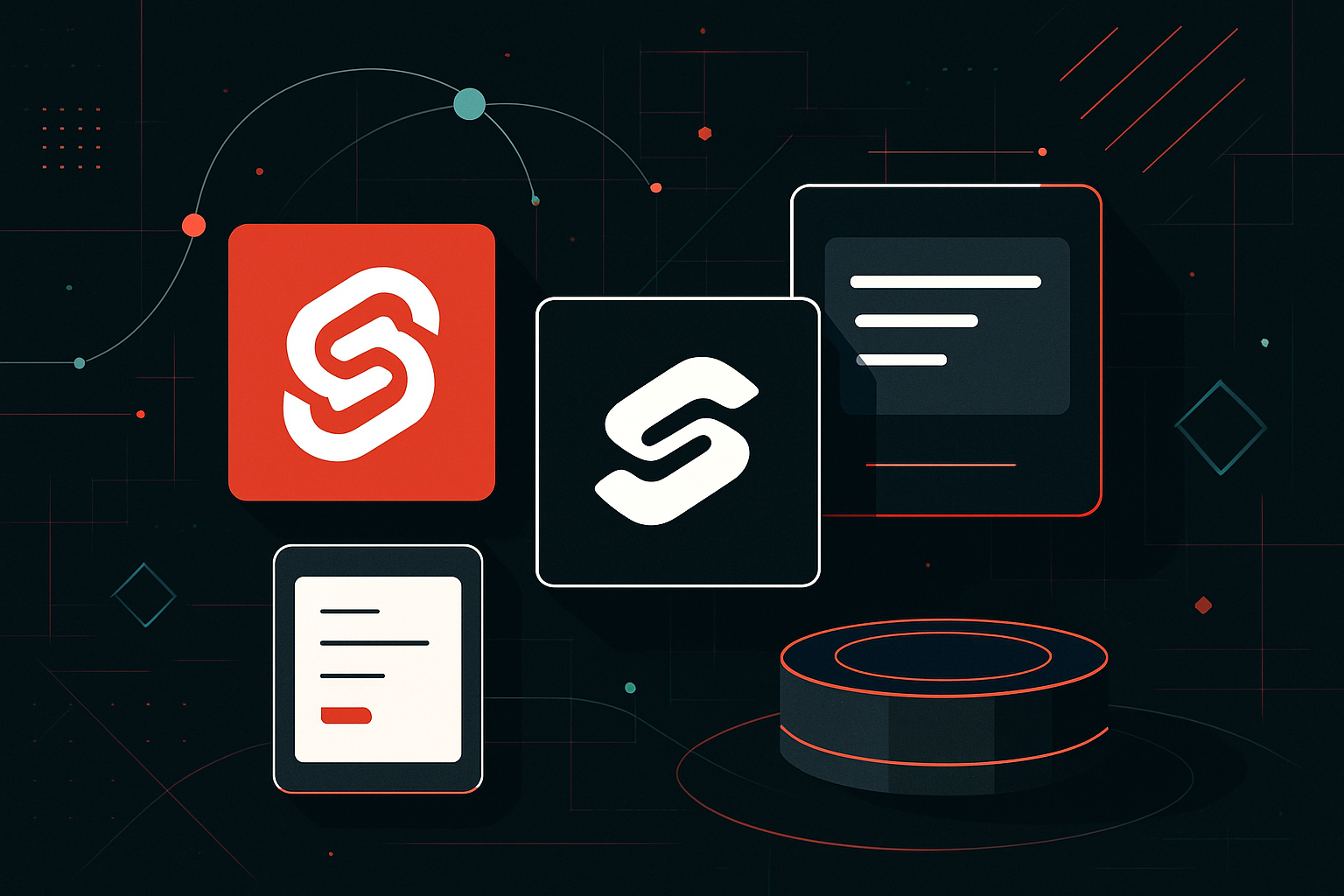Building Custom Models with Google Vertex AI

Building Custom Models with Google Vertex AI
Google Vertex AI offers a robust platform for building, deploying, and managing machine learning models at scale. With Vertex AI, you can leverage Google’s powerful infrastructure to create custom models tailored to your specific use cases. This guide provides a detailed walkthrough on building custom models using Vertex AI, focusing on practical steps, technical explanations, and actionable insights.
Overview of Vertex AI Capabilities
Google Vertex AI integrates various tools that simplify the machine learning pipeline, from data ingestion to model deployment. Key capabilities include:
- AutoML and Custom Training: Whether you prefer automated machine learning or custom model training, Vertex AI has you covered.
- Unified Interface: A single UI and API to manage data, models, and related resources.
- Scalability and Flexibility: Easily scale your models with Google’s infrastructure.
- Integrated MLOps: Tools for versioning, monitoring, and managing models in production.
Setting Up Your Environment
To get started with Vertex AI, set up your environment by following these steps:
- Create a Google Cloud Project:
-
Use the Google Cloud Console to create a new project.
-
Enable Vertex AI API:
-
Navigate to the API & Services dashboard and enable the Vertex AI API.
-
Install Google Cloud SDK:
-
Download and install the Google Cloud SDK for command-line interactions.
-
Authenticate Your Environment:
bash
gcloud auth login
gcloud config set project YOUR_PROJECT_ID
Preparing Your Data
- Data Storage:
-
Store your dataset in a Google Cloud Storage bucket. Ensure that your data is clean and formatted appropriately for your model.
-
Data Labeling:
- Use Google’s Data Labeling Service if your data requires labeling. This can be done through the Vertex AI UI or API.
Building a Custom Model
Step 1: Define Your Custom Training Job
Define a custom training job using Vertex AI’s Python SDK:
from google.cloud import aiplatform
aiplatform.init(project='YOUR_PROJECT_ID', location='us-central1')
job = aiplatform.CustomTrainingJob(
display_name='my-custom-model',
script_path='training_script.py',
container_uri='gcr.io/cloud-aiplatform/training/tf-cpu.2-3:latest',
requirements=['tensorflow==2.3']
)
Step 2: Submit the Training Job
Specify the compute resources and submit the job:
model = job.run(
replica_count=1,
machine_type='n1-standard-4',
args=['--epochs', '10', '--batch_size', '32'],
environment_variables={'MY_VAR': 'value'}
)
Step 3: Evaluate the Model
Once training is complete, evaluate the model using your test dataset. This can be done using a Jupyter notebook or directly in the Python script:
from sklearn.metrics import accuracy_score
# Assuming you have a function to load test data and predictions
test_data, test_labels = load_test_data()
predictions = model.predict(test_data)
accuracy = accuracy_score(test_labels, predictions)
print(f'Model Accuracy: {accuracy:.2f}')
Deploying the Model
Deploy your model to an endpoint for serving predictions:
Step 1: Create a Model Resource
model = aiplatform.Model.upload(
display_name='my-custom-model',
artifact_uri='gs://your-bucket/model/',
serving_container_image_uri='gcr.io/cloud-aiplatform/prediction/tf2-cpu.2-3:latest'
)
Step 2: Deploy to an Endpoint
endpoint = model.deploy(
machine_type='n1-standard-2',
min_replica_count=1,
max_replica_count=2
)
Monitoring and Managing Models
Vertex AI provides tools for monitoring and managing your deployed models:
- Model Monitoring: Set up alerts and dashboards to monitor model performance and drift.
- Versioning: Manage different versions of your models to track improvements and changes.
Cost Considerations
Vertex AI’s pricing is based on the resources used for training and deploying models. Key areas to monitor include:
- Compute Resources: Costs for CPUs, GPUs, and TPUs.
- Data Storage: Charges for storing datasets and model artifacts.
- API Requests: Costs for serving predictions.
| Resource Type | Pricing Unit | Notes |
|---|---|---|
| Compute (CPU) | Per vCPU per hour | Charges vary by machine type |
| Compute (GPU/TPU) | Per hour | Additional charges for specialized hardware |
| Storage | Per GB per month | Based on storage location |
Best Practices
- Optimize Model Architecture: Use lightweight architectures where possible to reduce compute costs.
- Automate MLOps: Implement CI/CD pipelines for model deployment and monitoring.
- Use Preemptible VMs: For training jobs, consider using preemptible VMs to reduce costs.
By understanding and utilizing the features of Google Vertex AI, you can efficiently build, deploy, and manage custom machine learning models that meet your specific business needs.





0 thoughts on “Building Custom Models with Google Vertex AI”